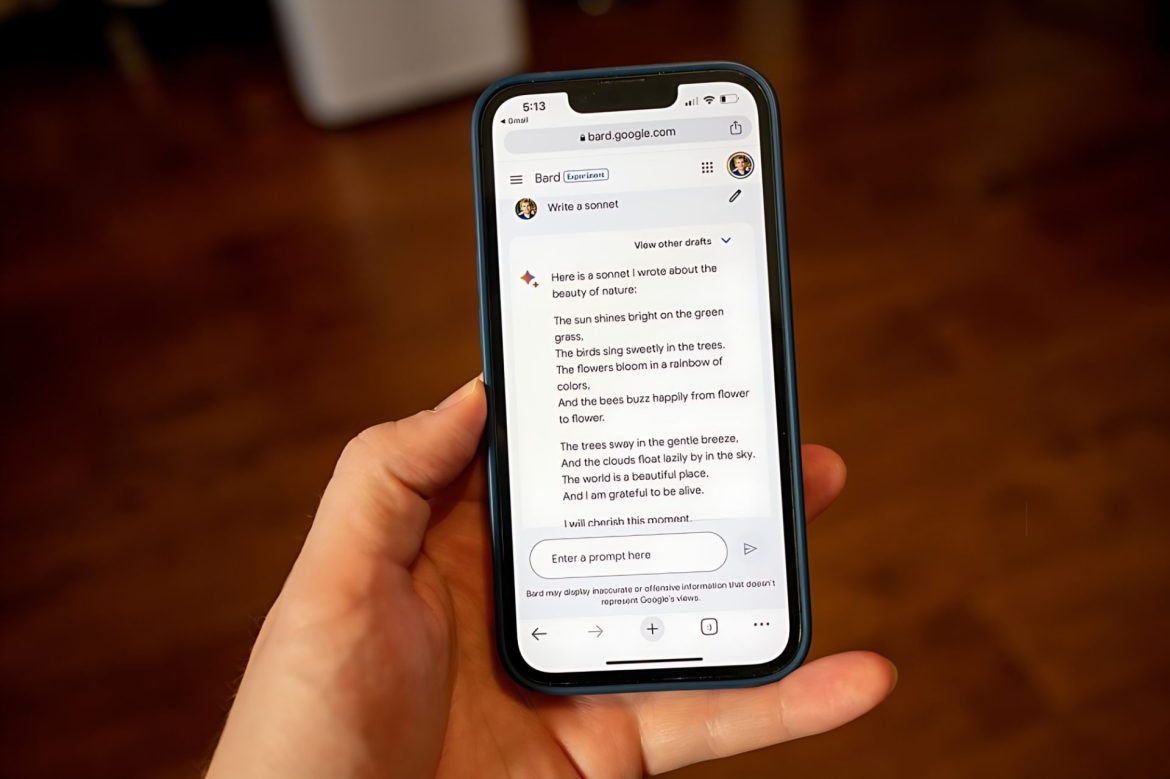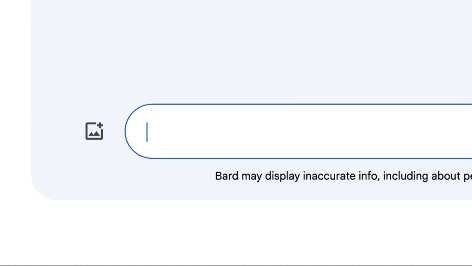In March, Google made its Bard AI chatbot available to the public, aiming to compete with OpenAI’s highly popular ChatGPT. Initially, access was limited to a waitlist in the US and the UK.
However, the generative AI-powered chatbot was later launched globally, reaching 180 countries and territories during Google’s annual I/O conference in May, held in Mountain View, California.
Bard has evolved since its release, incorporating new features and expanding language support in various regions. In a further move, Google is now extending access to Bard by introducing the chatbot to teenagers.
In a recent blog post, the search engine giant announced that it is granting access to Bard for teenagers in most countries globally. According to Tulsee Doshi, Head of Product for Responsible AI, “Teens in those countries who meet the minimum age requirement to manage their own Google Account will be able to access Bard in English, with more languages to come over time.”
Google is positioning Bard as a valuable learning tool for younger users. The company suggests that teenagers can utilize the chatbot to assist with schoolwork, university applications, and exploring new hobbies and activities.
Additionally, Bard could be a resource for generating ideas for science projects or gaining insights into specific historical periods.
To enhance interactive learning, Bard is introducing a math learning experience. Users can input or upload a picture of a math equation, and Bard will explain how to solve the problem.
In addition to math problem-solving, the AI chatbot incorporates data visualization tools, enabling students to create charts and tables. These features are currently available in English.
In the past year, artificial intelligence has become increasingly integrated with the apps and devices people use, drawing attention to its potentially harmful effects.
As Google extends access to its chatbot for younger users, the company emphasizes its commitment to responsible AI use.
Google reports that it collaborated with experts in child safety and development to ensure that the Bard experience remains a safe and secure platform for teenagers.
Google actively sought feedback from teenagers to understand how they use generative AI. The company has incorporated this input into Bard.
To guide teens in using generative AI responsibly, Google has introduced an onboarding experience in Bard, featuring an AI Literacy Guide and a new video with tips.
In terms of safety, the chatbot is trained to recognize content that may be inappropriate for teens, and Google has implemented safeguards to prevent unsafe content from appearing in Bard’s responses.
Bard has recently been equipped with a set of new features as Google aims to keep pace with competing chatbots like ChatGPT and Microsoft’s Bing Chat. These features include the capability to fact-check its answers and analyze users’ personal Google data, enabling greater synergy between Bard and other Google products.
Bard Extensions allows users to import data from other Google apps like Google Drive or Gmail. According to Google senior product director Jack Krawczyk, the company is collaborating with external partners to integrate their applications into Bard in the future.
Additionally, Bard, like any AI, can occasionally provide inaccurate answers or “hallucinations.” With the recent update, the chatbot is designed to acknowledge when it’s uncertain about its responses.
Despite Bard’s ongoing efforts to broaden its user base, it faces a considerable gap in popularity when compared to ChatGPT.
In August, Google’s chatbot garnered 183 million visits, accounting for only 13% of ChatGPT’s traffic, as reported by website analytics firm Similarweb. OpenAI’s tool maintains its leadership position in the AI chatbot landscape with 100 million weekly users.

